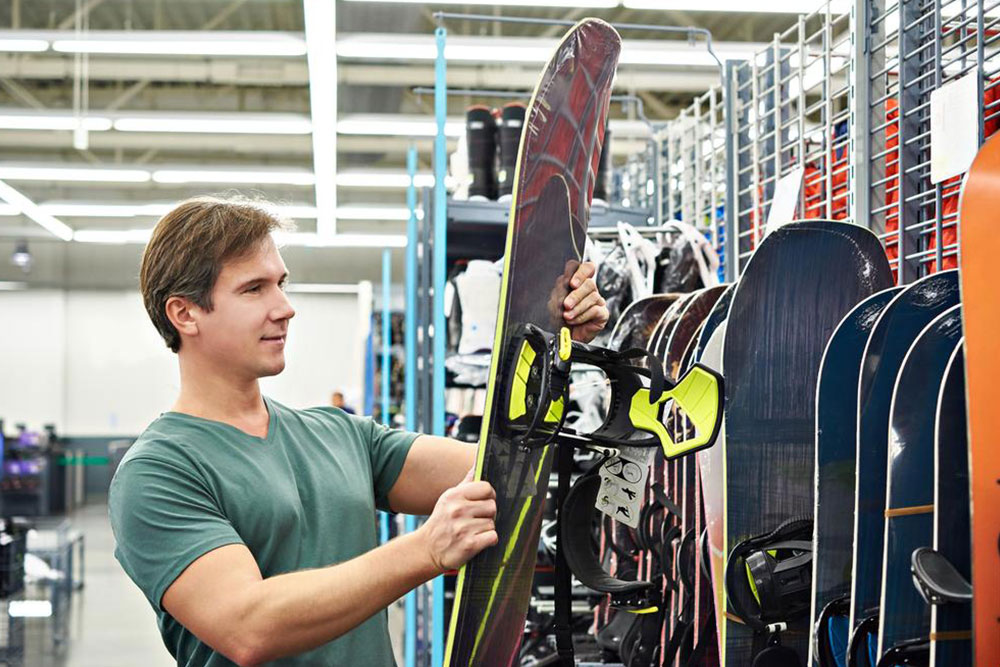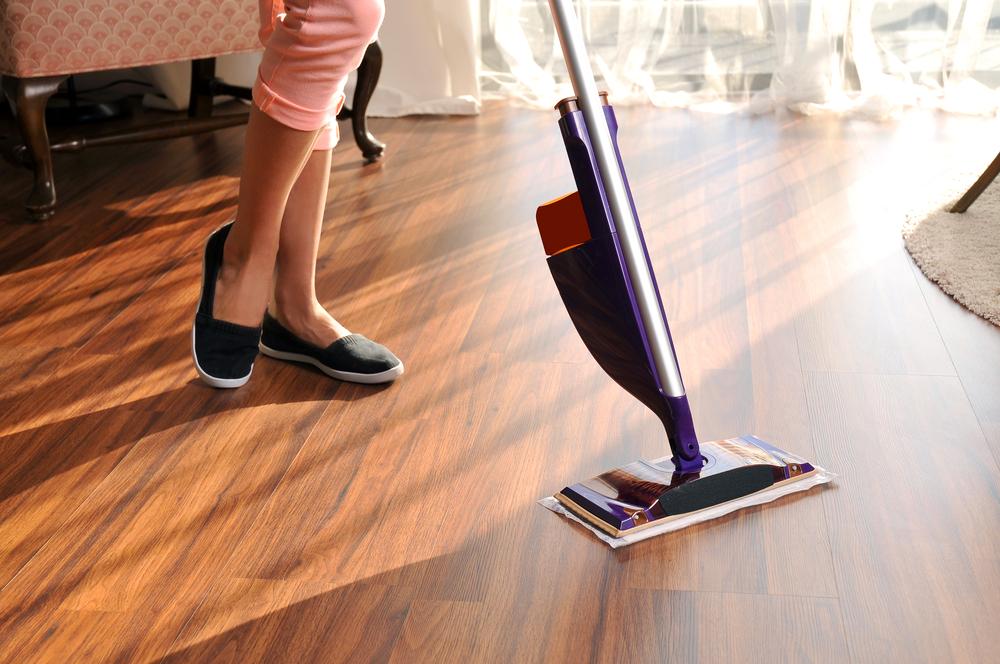Guide to Top Ski Wax Types for Better Performance
Discover essential ski wax types to improve your skiing performance. Learn about base and running waxes, their uses, application techniques, and how snow conditions influence your choice. Find tips on selecting and purchasing wax at affordable prices, ensuring a smoother, better ski experience.

Applying wax to skis serves two main functions: enhancing grip and ensuring smooth gliding over snow. Ski waxes are generally categorized into base waxes and running waxes, chosen based on snow conditions. Understanding these categories can help you select the best wax for your needs. Base wax is applied to the ski's underside, usually heated with an iron and sometimes sprayed from aerosols. Running wax improves grip or glide, typically applied to the center or tips of skis. Prices vary from $5 to $20, depending on the type and brand. Choosing the right wax based on snow type can significantly improve your skiing experience.
Base wax is essential for preparing skis and can be combined with running wax for optimal performance. It’s commonly available in tins and requires proper application, especially on wooden skis, which may need a water-sealing layer like tar. Running wax, often sticky 'klisters,' provides grip, while glide wax ensures a smoother ride and is applied to ski tips and tails. Different colors indicate specific snow conditions; for example, violet is used for mushy snow. Knowing your snow type helps you purchase suitable waxes, often at discounted prices during sales. Proper wax selection enhances your ski efficiency and enjoyment.
Note: Our blog offers a wide range of practical information, based on thorough research. However, readers should verify details independently as some data may vary across sources or be affected by seasonal schemes and offers.









